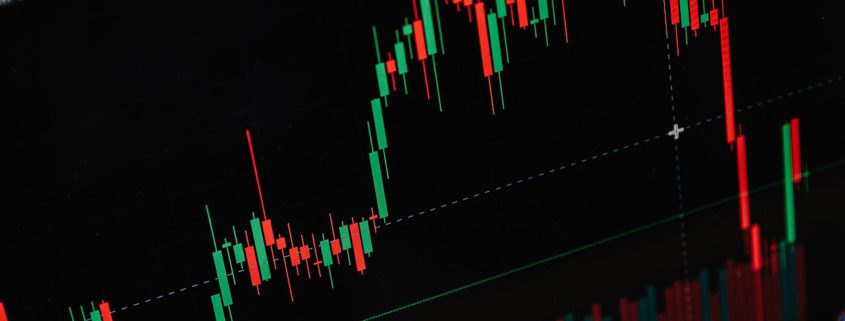Fed Preview: Holding Regular Amid Tariff Uncertainty and Political Strain
.
The Federal Reserve is broadly anticipated to maintain its benchmark rate of interest unchanged at four.25%–four.50%, sustaining its wait-and-see stance amid combined financial indicators. The Fed final eased coverage with back-to-back price cuts in September and November of 2024, strikes that drew criticism from President Trump, who accused Chair Powell of making an attempt to affect the election. On the time, tariff-related inflation dangers had not but materialized (or tariffs introduced), creating a unique financial backdrop.
Since then, tariffs have blunted the disinflationary development. Whereas headline inflation has not surged, the downward momentum has stalled, and underlying items costs have proven indicators of firming. On the constructive aspect, companies inflation has moderated, offering some steadiness.
Powell has made clear that the dangers to inflation stay tilted to the upside. He needs to stomp it out as soon as and for all. Having stated that he’s acknowledged that with out the tariff shock, financial coverage would possible be much less restrictive and price cuts would have been applicable. Nonetheless, after criticism for falling behind the curve in 2021–22, Powell is targeted on not repeating previous errors. He’s decided to anchor inflation expectations even at the price of short-term political discomfort.
Regardless of indicators of labor market softening, Powell believes the Fed is in a “good place” to stay on maintain and observe how the economic system evolves. That stated, political stress is mounting. President Trump has renewed his assaults, labeling Powell “Too Sluggish,” and insisting on price cuts—even after three.zero% GDP progress in Q2. Trump is targeted on Making America Nice Once more.
There’s additionally an opportunity of dissent inside the FOMC, with Bowman and Waller signaling openness to cuts. Whereas two dissenters wouldn’t shift the end result, it will mark a notable break from current unity and will form market expectations for later within the 12 months.
So what are the important thing focal factors
Key focal factors for this assembly:
-
Tone of the assertion: Markets will parse each phrase of the assertion for clues on whether or not the Fed is leaning extra dovish or hawkish. The steadiness of dangers part—if adjusted—might reveal whether or not the Committee is rising extra involved about weakening progress or persistent inflation. Take note of any modifications within the assertion “Uncertainty in regards to the financial outlook has dimished by stays elevated”
-
Powell’s press convention: Chair Powell’s remarks could provide extra perception into how divided the FOMC presently is. Current speeches recommend some members need to preserve larger charges for longer, whereas others (Waller and Bowman) see scope for alleviating as progress slows.
-
Development vs. inflation debate: Its the economic system silly and though Powell is anxious about inflation, the information will inform the story for the twin mandate.
-
Dot plot not up to date: As a reminder, there will likely be no dot plot however with the calendar transferring previous the 1/2 level of the 12 months, does the Fed chair see 1-2 cuts in 2025? With no new Abstract of Financial Projections, this assembly could also be extra about delicate shifts within the feedback from Powell vs specific modifications in outlook from your entire Fed Board, however will he communicate for the otherside? Final assembly, he didn’t. Bowman and Waller got here out afterwards to specific their easing bias.
Market pricing displays a cautious Fed, with futures implying no price cuts earlier than November or December, and even then, solely modest easing.
Backside line: The Fed is predicted to carry charges regular, with the important thing variable being how unified—or divided—the Committee seems in its outlook. A impartial to barely dovish tone from Powell might reinforce expectations of a reduce earlier than year-end, whereas hawkish pushback could delay easing bets.
This text was written by Emma Wang at investinglive.com.


Leave a Reply
Want to join the discussion?Feel free to contribute!